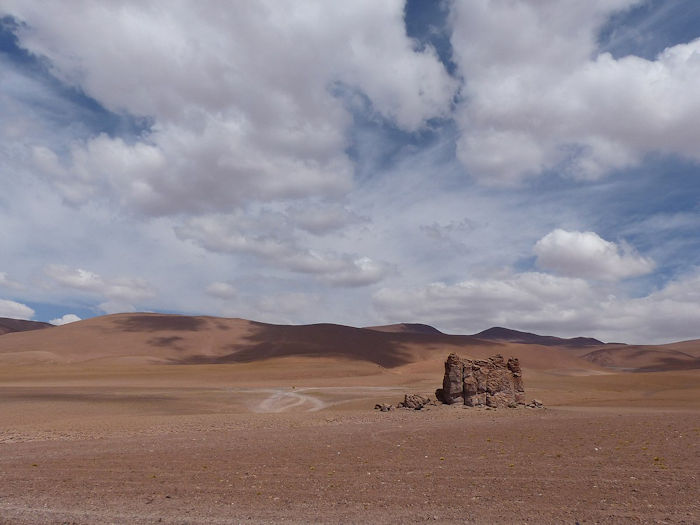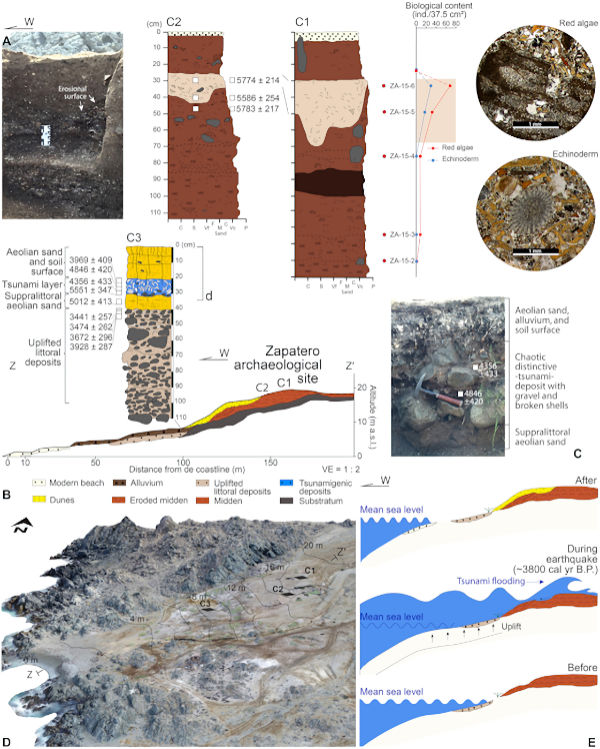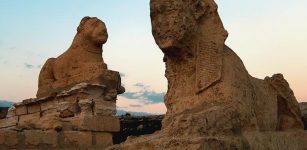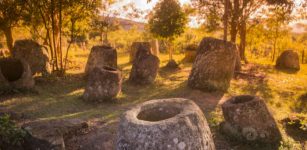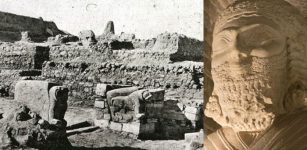Major Earthquake Struck The Atacama Desert 3,800 Years Ago, Forcing Hunter-Gatherers To Move Inland
Conny Waters - AncientPages.com - Scientists have discovered evidence that a major earthquake struck Chile's coast about 3,800 years ago, triggering a tsunami that caused devastation along 1,000 kilometers of coastline.
Based on geological and archaeological findings, researchers confirmed an ancient collision between the Nazca and South American tectonic plates produced the quake and 15-20-meter (49-66-feet) high tsunami waves.
View of the Atacama Desert. Credit: Jess Wood - CC BY 2.0
"Together with tsunami modeling results, we suggest that this event resulted from a ~1000-km-long megathrust rupture along the subduction contact of the Nazca and South American plates, highlighting the possibility of Mw ~9.5 tsunamigenic earthquakes in northern Chile, one of the major seismic gaps of the planet. This emphasizes the necessity to account for long temporal scales to better understand the variability, social effects, and human responses favoring resilience to socionatural disasters," the scientists write in their study published in the journal Science Advances,
"At various points along the coast of the regions of Antofagasta and northern Chile, in general, there are paleobeaches or ancient beaches located between 4 and 7 meters (13 and 23 feet) above current sea level, whose formation cannot be explained by global changes in sea level, but by tectonic uplift as a result of large earthquakes," said geologist Gabriel Easton, one of the study's leaders.
This huge catastrophe disrupted prehistoric communities, forcing hunter-gatherers in the area to abandon their settlements and move inland.
"Early inhabitants along the hyperarid coastal Atacama Desert in northern Chile developed resilience strategies over 12,000 years, allowing these communities to effectively adapt to this extreme environment, including the impact of giant earthquakes and tsunamis," the scientists write in their study.
According to the scientists, the Atacama residents did not anticipate the earthquake because events of this scale only occur in the region over large time intervals.
"Our hypothesis is that this event could have generated a very high mortality among people, or it could have also prompted the migration of a significant number of people to other territories," said archaeologist Diego Salazar.
Geoarchaeological evidence for coastal uplift and tsunami records at the Zapatero archaeological site. Credit: Science Advances - DOI: 10.1126/sciadv.abm2996
Scientists discovered archaeological sites near the coast show less evidence of habitation, suggesting people stopped going there or at least spent less time there.
Furthermore, cemeteries were moved inland and uphill. The local people mummified their relatives' bodies and placed great value on having their dead ancestors nearby. It is a practice that continues to this day in communities in the Andes.
"The most important thing that the families and the communities had at that time were their parents, and they took great care to protect them," Easton explained.
See also: More Archaeology News
Knowledge of these major events appeared to fade with time. Some locals preserved memories of the ancient disasters and passed them on orally. There can also be a few cave paintings depicting the events.
About 1,000 years ago, life returned to the area, and residential sites arose near the shoreline once again.
The study was published in the journal Science Advances.
Written by Conny Waters - AncientPages.com Staff Writer

